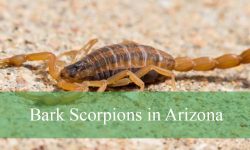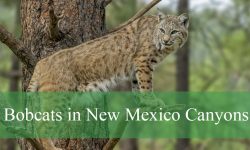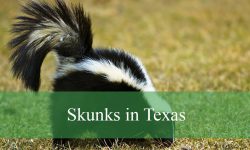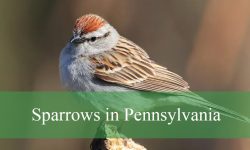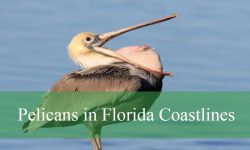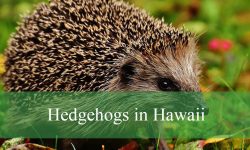Seagulls are among the most common birds associated with the California coastline, yet few people understand their true ecological roles, evolutionary history, and complex behaviors. While casual observers see them as simply “beach birds,” seagulls represent an advanced group of coastal predators and scavengers with sophisticated biological adaptations. Their presence on California beaches is not incidental—it is the result of precise evolutionary pressures that have shaped their physiology, feeding strategies, and reproductive cycles.
California hosts several species of gulls, each with distinct behavioral traits and ecological functions. These birds influence nutrient cycling, regulate populations of small marine organisms, and serve as indicators of coastal ecosystem health. Their behaviors, migration patterns, and feeding methods reflect a highly adaptive lineage capable of thriving in environments shaped by tides, storms, and seasonal resource fluctuations.
This article provides a scientific perspective on seagulls in California beaches, examining their species diversity, biology, ecological roles, behavioral strategies, and surprising scientific findings that many people have never heard.
Species of Seagulls Found on California Beaches
California’s coastline supports both resident and migratory gull populations. The most dominant species include the Western Gull, the California Gull, the Heermann’s Gull, the Ring-billed Gull, and seasonal visitors such as the Herring Gull. Each occupies a specific ecological niche.
Western Gull (Larus occidentalis)
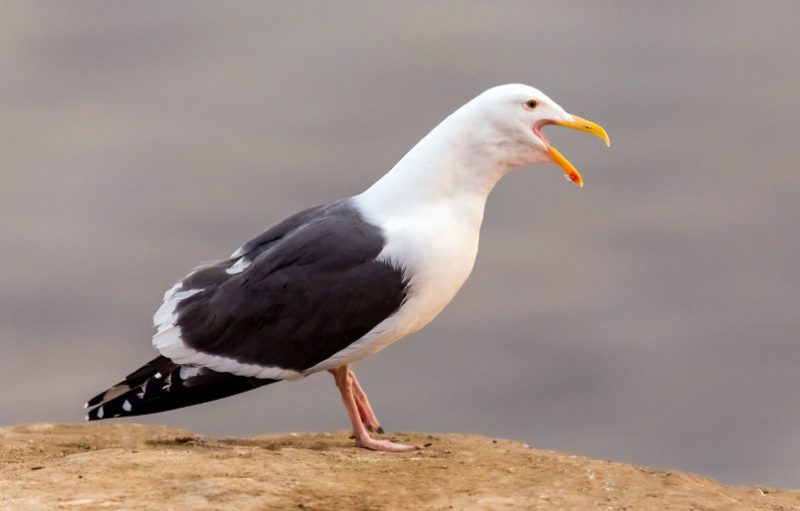
The Western Gull is the primary species associated with the Pacific coast. It is non-migratory and relies heavily on marine resources. This gull nests on offshore islands, sea stacks, and remote cliffs, maintaining stable territories year-round. Its strong dependency on oceanic food chains makes it a reliable indicator of coastal marine conditions.
California Gull (Larus californicus)
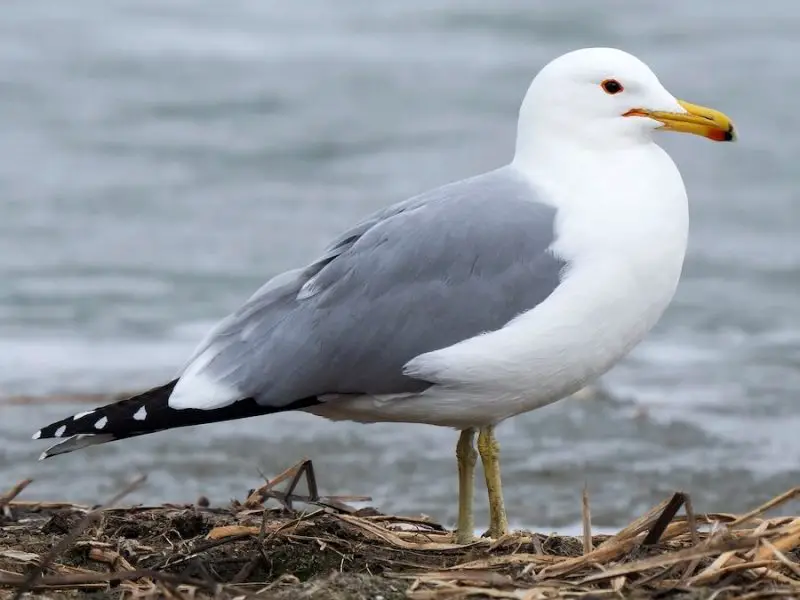
Despite its name, the California Gull is highly migratory. It breeds inland, often at saline lakes such as Mono Lake, and travels to the coastline during non-breeding seasons. This species has one of the broadest ecological tolerances among North American gulls, able to exploit freshwater, marine, and even desert habitats.
Heermann’s Gull (Larus heermanni)
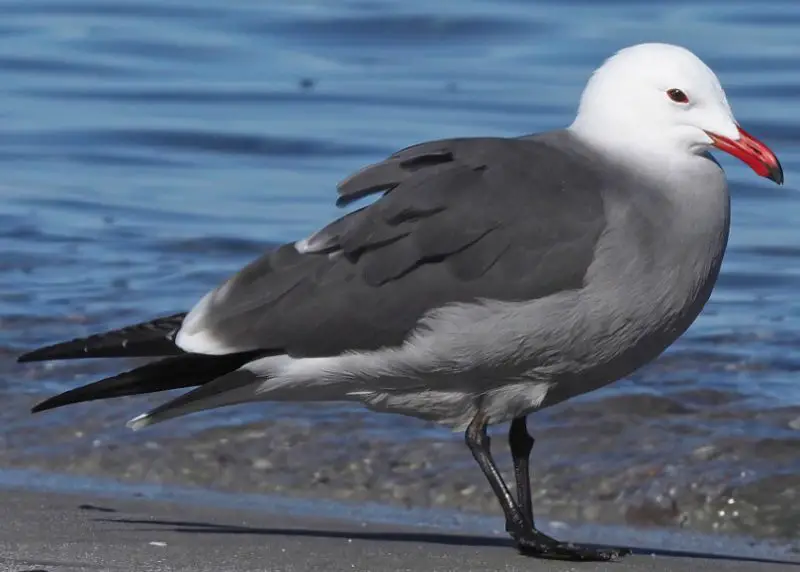
The Heermann’s Gull has a unique life cycle. It breeds primarily on Isla Rasa in Mexico and disperses northward along the California coast after fledging. Its population dynamics correlate strongly with sardine availability, linking this species closely to upwelling cycles and marine fish abundance.
Ring-billed and Herring Gulls
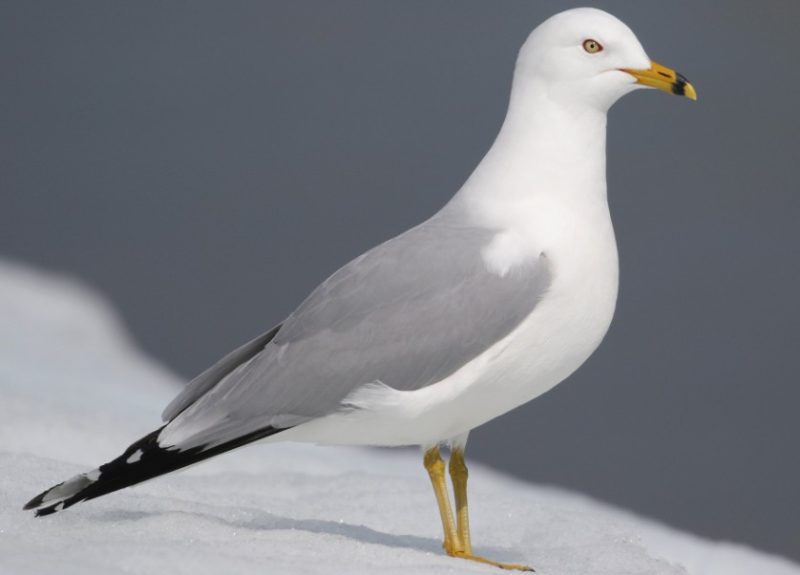
These species appear along California beaches primarily during migration or wintering periods. Although not as abundant as Western Gulls, they contribute to seasonal diversity and participate in coastal foraging networks.
Evolutionary and Biological Adaptations
Seagulls possess anatomical and physiological adaptations specifically suited for the dynamic coastal environments of California.
Salt Filtration Through Supraorbital Glands
One of the most important adaptations of seagulls is their salt gland system, which filters sodium chloride from ingested seawater. This allows gulls to drink ocean water directly, giving them a major advantage when freshwater sources are limited. The glands excrete concentrated salt solutions through ducts near the nostrils.
Wing Structure and Aerodynamics
Seagulls have long, narrow wings with high aspect ratios that support efficient gliding and dynamic soaring. This enables them to use updrafts created by coastal winds and cliffs for low-energy flight. Their maneuverability aids in prey detection, escape from predators, and long-distance migration.
Vision Adapted for Coastal Hunting
Gull vision extends into the ultraviolet spectrum. This enhances their ability to track prey near the surface of the water and to detect subtle patterns in reflected light. Studies indicate that gulls can identify fish schools through UV signatures that are invisible to humans.
Omnivorous Digestive System
The digestive tract of gulls is adapted for both animal protein and plant matter. Their gizzards are capable of grinding shell fragments and other hard materials. Enzymatic flexibility allows them to process crustaceans, fish, mollusks, algae, insects, and even small vertebrates.
Behavioral Ecology of Seagulls
Social Structure and Group Dynamics
Seagulls exhibit complex social behavior. They form structured colonies characterized by dominance hierarchies, territoriality around nesting sites, and coordinated defense against predators. Social learning plays a significant role: young gulls acquire foraging techniques by observing older individuals.
Communication and Vocal Signals
Gulls use an elaborate set of vocalizations that regulate colony order. Calls include:
-
Long calls that assert territory
-
Alarm calls that warn of predators
-
Chattering calls used in pair bonding
-
Food-associated calls to signal opportunities
Their body language includes head throwbacks, wing drooping, and precise postural displays used to communicate dominance or submission.
Cognitive Abilities
Research consistently ranks gulls among the most intelligent seabirds. Their problem-solving behaviors include:
-
Using waves to dislodge prey
-
Dropping shellfish from heights to break them
-
Coordinated distraction techniques during competition
-
Memory-based foraging patterns
Experiments demonstrate that seagulls recognize individuals, track predictable food sources, and navigate using both magnetic cues and visual landmarks.
Surprising Scientific Facts About Seagulls in California Beaches
They Possess Culture-Like Behavioral Traditions
Studies show gulls pass behaviors across generations. Certain foraging strategies—such as timing feeding with tidal cycles or exploiting seasonal insect blooms—are culturally transmitted within colonies.
Their UV Vision Reveals Invisible Patterns
Seagulls utilize UV sight to detect:
-
Schools of fish reflecting polarized light
-
Crustaceans hiding beneath shallow water
-
Surface disruptions indicating prey movement
This ability gives them a major survival advantage in coastal environments.
They Control Nutrient Flow Between Land and Sea
By feeding on marine organisms and depositing waste inland, seagulls act as vectors transporting nutrients such as nitrogen and phosphorus from the ocean to terrestrial ecosystems. This influences dune vegetation and coastal plant communities.
Their Breeding Success Tracks Ocean Health
During warm-water events like El Niño, fish availability declines and gull breeding success drops accordingly. This makes gull populations a reliable biological indicator of marine productivity.
Feeding Ecology of Seagulls
Shoreline Feeding Strategies
Along California beaches, gulls rely heavily on:
-
Sand crabs (Emerita spp.)
-
Polychaete worms
-
Small fish driven ashore by tide action
-
Marine isopods and amphipods
-
Washed-up invertebrates
Their foraging efficiency correlates with tide cycles, wave intensity, and seasonal prey availability.
Foraging in Intertidal Zones
At low tide, gulls exploit tide pools for:
-
Limpets
-
Mussels
-
Barnacles
-
Juvenile octopuses
-
Sea urchin fragments
Their beaks are strong enough to pry open soft-shelled organisms and tear apart small prey.
Offshore and Pelagic Foraging
While less specialized than pelagic species like albatrosses, many gulls still forage over open water. They track upwelling zones where cold nutrient-rich water increases prey concentrations.
Seasonal Dietary Shifts
Seagull diets change with:
-
Upwelling cycles
-
Prey spawning seasons
-
Migration periods
-
Ocean temperature changes
Their adaptability to fluctuating resources contributes to their long-term survival.
Reproduction and Colony Structure
Nesting Locations
Gulls typically nest on:
-
Offshore islands
-
Coastal cliffs
-
Isolated dunes
-
Rocky ledges
These sites protect colonies from terrestrial predators and provide good visibility.
Egg Laying and Incubation
Females lay 2–3 eggs. Both parents incubate them for approximately 25–30 days. The speckled eggs blend with the substrate, minimizing predation risk.
Chick Development
Chicks are semi-precocial. They leave the nest shortly after hatching but remain within the colony for protection. They grow rapidly, developing flight feathers by week 5–6.
Juvenile Maturation
Gulls take several years to reach adult plumage. During this time they undergo successive molts:
-
First-year: mottled brown
-
Second-year: intermediate gray and brown
-
Third-year: transitional adult pattern
-
Fourth-year: full adult coloration
This gradual development reflects complex ecological learning during early life stages.
Seasonal and Migration Patterns
Resident vs Migratory Species
Western Gulls remain along the coastline year-round. Others, like California Gulls and Heermann’s Gulls, exhibit strong migratory behavior.
Inland-Coastal Movements
California Gulls migrate between inland breeding lakes and coastal wintering grounds. These movements align with freshwater invertebrate cycles and lake productivity.
Oceanic Wind Systems and Flight Economy
Gulls optimize migration using:
-
Jet-stream winds
-
Coastal updrafts
-
Thermal columns over land
-
Dynamic soaring along cliffs
This reduces energy expenditure during long-distance travel.
Ecological Importance of Seagulls
Scavenging and Carcass Removal
Gulls clear dead fish and organic debris, reducing potential disease spread and contributing to nutrient cycling.
Predator and Prey Roles
They feed on marine invertebrates, insects, and small vertebrates while also being prey for eagles, hawks, owls, and large mammals on offshore islands.
Bioindicator Value
Fluctuations in gull populations provide clues about:
-
Fish stock levels
-
Ocean temperature shifts
-
Coastal pollution
-
Human impact on estuaries and wetlands
Their health reflects the overall stability of coastal ecosystems.
Myths and Misconceptions
Myth |
Scientific Reality |
|---|---|
All seagulls are the same species. |
California has multiple distinct gull species with unique behaviors. |
Seagulls live only near the ocean. |
Many species migrate inland or breed in freshwater environments. |
Gulls rarely migrate. |
Several species undergo long-distance migrations linked to prey cycles. |
Seagulls eat only scavenged food. |
They are active hunters with diverse natural diets. |
Frequently Asked Questions (FAQ)
How many species of seagulls live along California beaches?
At least four major species are common, with several more appearing seasonally.
Do seagulls migrate long distances?
Yes. Many species migrate between inland breeding sites and coastal feeding grounds.
What do seagulls naturally eat on California beaches?
Fish, sand crabs, marine invertebrates, intertidal organisms, insects, and small vertebrates.
Where do seagulls nest?
Primarily on cliffs, offshore islands, dunes, and remote coastal areas.
How long do seagulls live?
Most live 10–15 years; some survive 25–30 years in stable ecosystems.
Why are gulls important to coastal ecosystems?
They regulate prey populations, redistribute nutrients, and act as bioindicators of environmental change.
Are Western Gulls migratory?
No. They remain along the Pacific coastline throughout the year.
Why do gull chicks leave the nest early?
They are semi-precocial and can move for safety shortly after hatching.
Final Thoughts
The seagulls in California beaches are not simply common coastal birds—they are essential ecological participants with complex behaviors and advanced adaptations. Their feeding strategies, colony dynamics, migratory routes, and anatomical features reflect millions of years of evolution shaped by the Pacific Ocean. Understanding the scientific truth behind their biology reveals a far more nuanced and remarkable species than most people expect.

